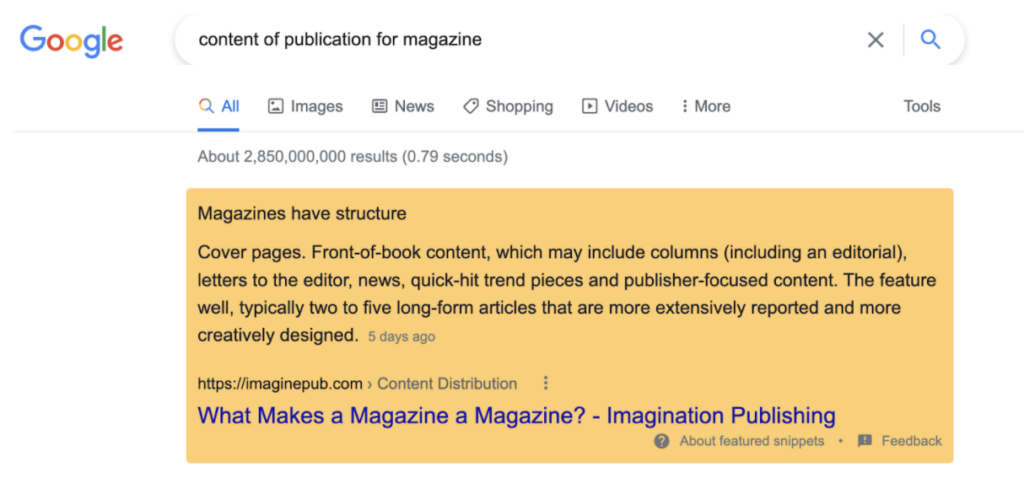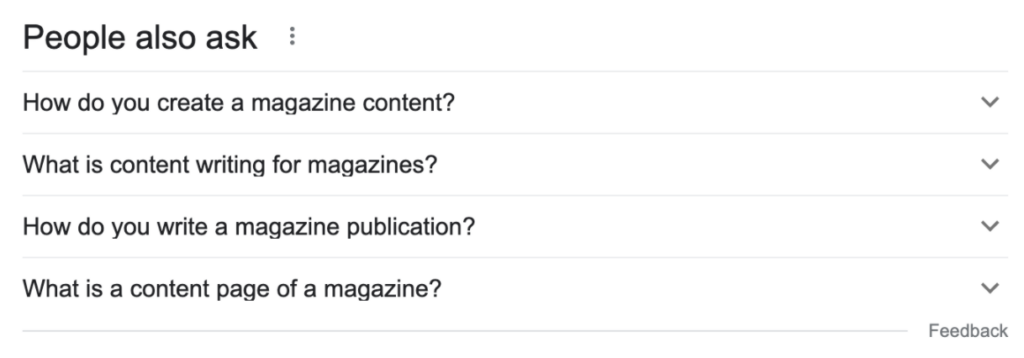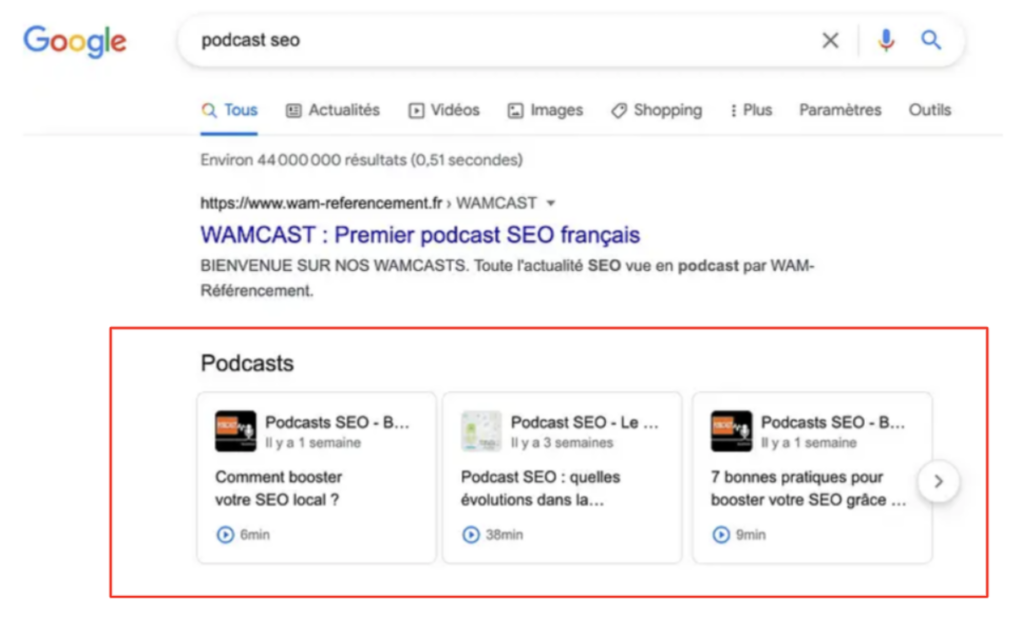Google is continuing to develop new ways to keep its users on its platform, and that means creating innovative, intuitive ways to serve users the most relevant information. Sometimes, that means giving users what they’re looking for without even requiring them to click through to your website.
Sounds like a bad thing, right? After all, the primary objective of any SEO strategy is to increase website traffic by earning that click.
But in the words of the great Lee Corso…

Search engine results pages (SERPs) used to contain ten blue links on a page – that was it. Now, as the search experience has evolved, there are more places for your website to show up. That means more opportunities to showcase expertise, build authority and earn trust. Let’s look at some examples.
- Featured Snippets

While these SERP features may certainly take clicks away from your website, it also takes clicks away from the competition.
In scouring the web for the most relevant answer to a search query, it determined your webpage has the best information. Rather than requiring users to click through, the featured snippet SERP feature pulls that key information through into the SERP itself. While this can dampen your click-through rate, it helps your brand establish visibility and trust with users. The next time they have a question around the same topic, they’ll be more likely to think of your brand first.
2. People Also Ask

When people have one question, they often have another. Google designed the People Also Ask box to highlight these additional related questions and allow users to easily uncover the answers with the click of a drop-down. Again, this means they might not leave the SERP to visit your website. However, it’s another opportunity for your brand to educate your audience, provide solutions to pain points and help them recognize you as a thought leader on a particular topic.
3. Podcast Carousel

Different content types used to have trouble landing themselves in search results, but search engines have evolved. Now, they’re using different SERP features to place a greater emphasis on discovering these content types, and arguably the greatest beneficiary has been the podcast.
“Our goal is to double worldwide podcast listening, to not just make it easy to listen to podcasts on Android but make podcasts a first-class citizen on Google.”
- Zack Reneau-WedeenFounder and Head of Product, Google Podcasts August 2019
Enter the podcast carousel.
Users no longer find podcasts simply through Spotify and Apple. They also search for them, and Google has obliged the growing search demand by featuring podcasts within their own unique SERP feature.
Look for opportunities to add structured data, or schema markup, which is code that gives search engine crawlers a better understanding of the content. Not only will this allow you to compete for a spot in the carousel, but it will qualify your podcast for voice search results too.
Thanks to these SERP features, there are ways to optimize your content other than gunning for No. 1. In the SEO world, it’s known as positionless search, and it can boost your brand’s relevance and build trust with your audience.

